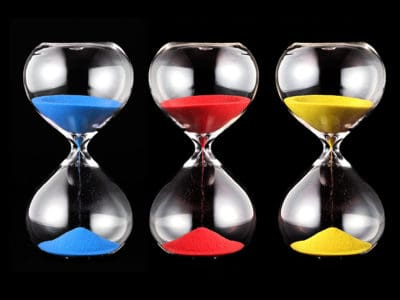Science-to-policy insights for fisheries management
Over the years, IIASA research has significantly advanced our understanding of how fishing affects populations and has yielded insights on sustainable fisheries practices. Two recent studies examined the implications of emerging paradigms in fisheries management to safeguard the future of this important food source.

© Watchares Hansawek | Dreamstime
Fish is a major source of animal protein for millions of people. Unsustainable fishing practices are however placing pressure on available fish stocks, which in turn puts food security at risk. To address this, IIASA researchers investigated a harvesting strategy that results in at least 80% of the maximum sustainable yield, sometimes referred to as “pretty good yield” [1]. The range of harvesting options within this type of harvesting strategy is generally broad and thus leaves room to account for additional objectives apart from yield, notably, sustainability. The results highlight the trade-offs that exist between resource acquisition and conservation, but at the same time indicate that “pretty good yield” harvesting strategies can also bring large conservation benefits. Surprisingly, in contrast to conventional wisdom, this study found that harvesting juvenile and adult fish with equal intensity is often a good strategy. The study also revealed factors that can serve as early warnings of impending stock collapse. Namely, while the sustainability of any given fishing option may be difficult to assess in the field, it is often systematically negatively correlated with impacts on biomass and size structure that can more readily be evaluated.
Another study considered the concept of “balanced harvest”, which proposes to reduce fishing impact on ecosystems while simultaneously maintaining or even increasing fishery yield [2]. This concept has attracted broad interest but also received criticism. After reviewing the theory and empirical evidence and examining how this strategy relates to the existing legal and policy frameworks, the researchers highlighted unresolved issues from both scientific and management perspectives. They concluded that “balanced harvest” explicitly bridges fisheries and conservation goals in accordance with international legal and policy frameworks and that it can reduce fishing impacts on ecosystem structures while increasing aggregate yields. This research lays the basis for objective discussions and further research on the role of “balanced harvest” strategies in contributing to a practical ecosystem approach to fisheries. It also offers the hope that, through more informed fishing practices, the detrimental impacts of fishing can be reduced without any associated long-term reduction in fishing quotas.
References
[1] Lundström N, Loeuille N, Meng X, Bodin M, & Brännström Å (2019). Meeting Yield and Conservation Objectives by Harvesting Both Juveniles and Adults. The American Naturalist 193 (3): 373-390.
[2] Zhou S, Kolding J, Garcia SM, Plank MJ, Bundy A, Charles A, Hansen C, Heino M, et al. (2019). Balanced harvest: concept, policies, evidence, and management implications. Reviews in Fish Biology and Fisheries 29 (3): 711-733.





